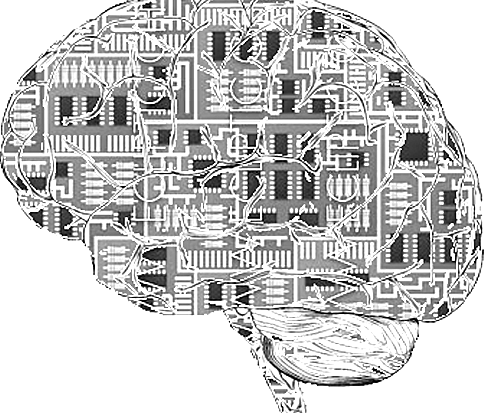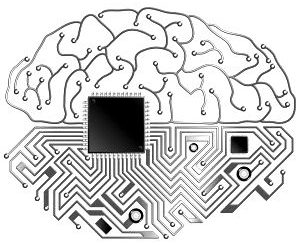
Stanford Brainstorm Chip to Hints at Neuromorphic Computing Future
If the name Kwabena Boahen sounds familiar, you might remember silicon that emerged in the late 1990s that emulated the human retina. …

If the name Kwabena Boahen sounds familiar, you might remember silicon that emerged in the late 1990s that emulated the human retina. …

Much of the talk around artificial intelligence these days focuses on software efforts – various algorithms and neural networks – and such hardware devices as custom ASICs for those neural networks and chips like GPUs and FPGAs that can help the development of reprogrammable systems. …

Like all hardware device makers eager to meet the newest market opportunity, Intel is placing multiple bets on the future of machine learning hardware. …

Just a few years ago, the promise of ultra-low power, high performance computing was tied to the rather futuristic-sounding vision of a “brain chip” or neuromorphic processor, which could mimic the brain’s structure and processing ability in silicon—quickly learning and chewing on data as fast as it could be generated. …
All Content Copyright The Next Platform